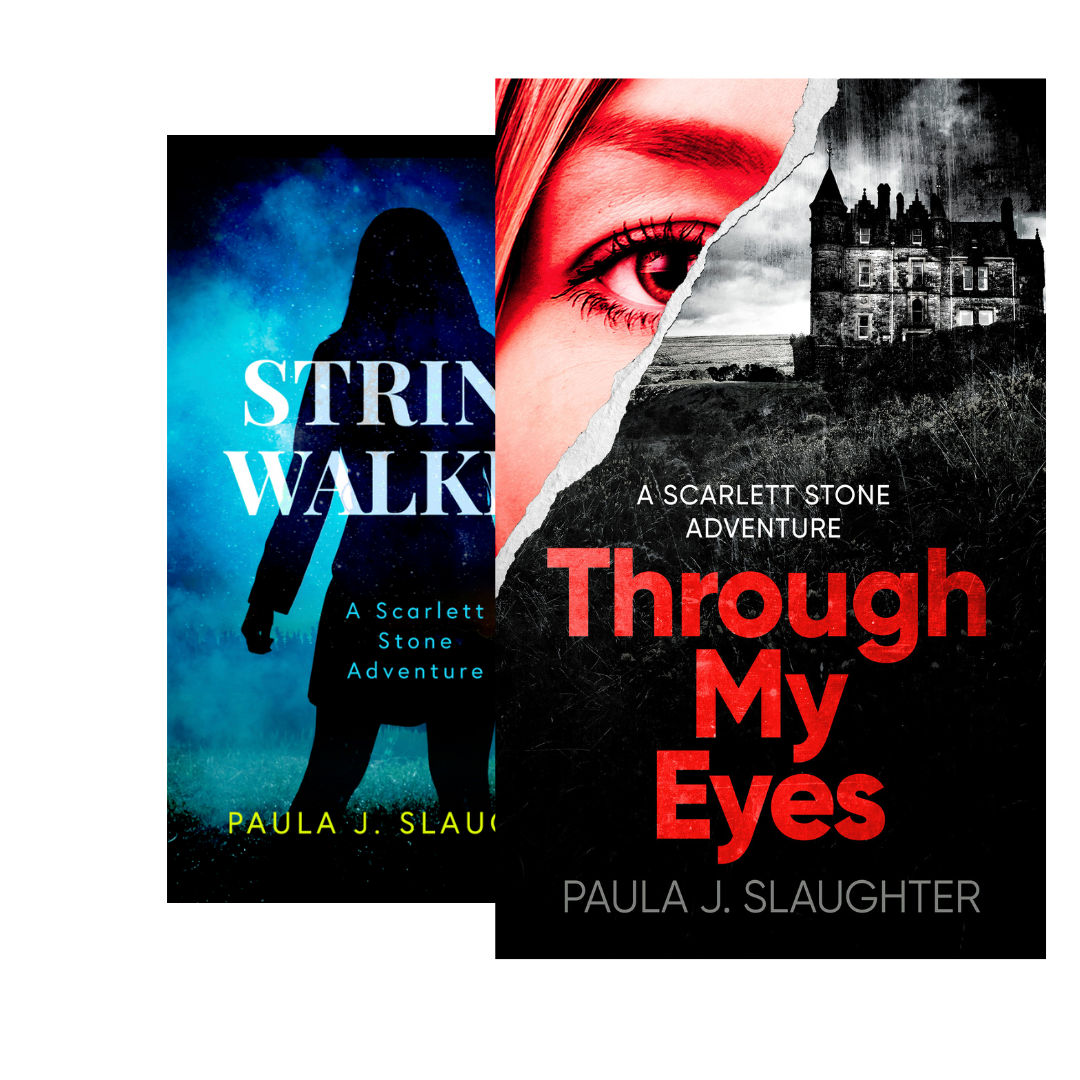Dialogue is what the characters say aloud in your novel, short story, poem, screenplay, personal essay, or any other type of creative writing where characters speak.
Great dialogue can reveal a character’s emotions and how they change over time. It can help the reader understand why your character acts the way they do and why they’re pursuing whatever their aim or goal is in the story.
For many writers, writing dialogue is the most enjoyable aspect of the writing process. It’s your chance to bring your characters’ ambitions, emotions, flaws, knowledge, fears, and quirks to life. By writing dialogue, you give your characters’ voices and allow them to turn into three-dimensional characters. And it’s your chance to break grammatical rules and express yourself more creatively. Read the following dialogue:
“NoOoOoOoO!” Alice yodeled as she fell from her ice skates onto a nearby bench.”
“I’m not gonna eat any of that!” Bruce said, avoiding eye contact as his dad pushed the food closer.
“So I said, ‘You want a piece of me? ‘Come on, I ain’t going nowhere!'”
Dialogue serves several purposes. Giving your characters personalities is one of them. Reread the examples above and think about who the characters are. The manner in which someone speaks reveals a great deal about their mindset, background, level of comfort in their current situation, emotional state, and level of expertise.
Another function of dialogue is exposition or background information. You can’t give readers all the information they need to grasp a story’s plot right away. Using dialogue to supplement narrative exposition is an effective way to provide readers with plot and context information. For example, the protagonist might overhear someone discussing an upcoming dance competition, or a daring adventurer might be told of her fate during an important meeting with a fortune teller. Later in the story, your dance-obsessed protagonist may confide in a friend about his fears of appearing foolish onstage, and your brave adventurer may have a heart-to-heart with the dragon she was sent to slay and learn the truth about the mythical creature’s culture.
Dialogue also adds to the immersion of your writing. It breaks up long prose passages and provides something for your reader to “hear” other than your narrator’s voice. Writers frequently use dialogue to demonstrate how characters relate to one another, their surroundings, and the plot they are following.
Two Types of Dialogue
Inner and outer dialogue are the two types of dialogue that writers use in their work.
- Inner dialogue is the internal dialogue of a character. This inner dialogue can take the form of a monologue. In most cases, quotation marks are not used to denote internal dialogue. Some authors italicize inner dialogue.
- Outer dialogue is a conversation that takes place outside of the body, usually between two or more people.
Avoidances when writing dialogue
Avoid the following common pitfalls when writing dialogue:
* Using a dialogue tag for each piece of dialogue: Dialogue tags are words such as said and asked. You don’t need to tag every piece of dialogue once you’ve established that two characters are conversing. This is unnecessary and disrupts the reader’s flow. Many lines of dialogue can stand alone once readers recognize each character’s voice.
* Inadequate use of tags: On the other hand, some writers use too few dialogue tags, which can lead to reader confusion. Readers should always be able to tell who is speaking. When a character’s demeanor and knowledge do not make that abundantly clear, tag the dialogue with their name.
* Dense, unrealistic speech: As previously stated, dialogue does not have to be grammatically correct. In fact, overly grammatically correct writing can make characters appear stiff and unrealistic. Write it as if you’re writing a movie. Listen to how your character says it. Make it natural, of course unless your character is a robot.
* This is an important distinction to keep in mind. The practice of phonetically writing out characters’ mispronunciations, such as “wuz” for “was,” is known as eye dialect. Eye dialect can (and has) been used to make offensive caricatures, and even when it isn’t, it can make dialogue difficult for readers to understand. Certain well-known examples of eye dialect are widely accepted, such as “fella” for “fellow,” “’em” for “them,” and “gonna” for “going to,” but it’s often best to avoid using too many or using ones that are not well known.
Just remember – dialogue can break the spelling and punctuation rules, but it must be readable, so don’t go overboard.
What’s your biggest obstacle when writing dialogue?
Merry Christmas to All and to All ‘Happy Writing.’

